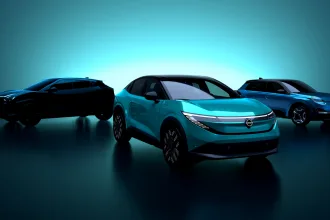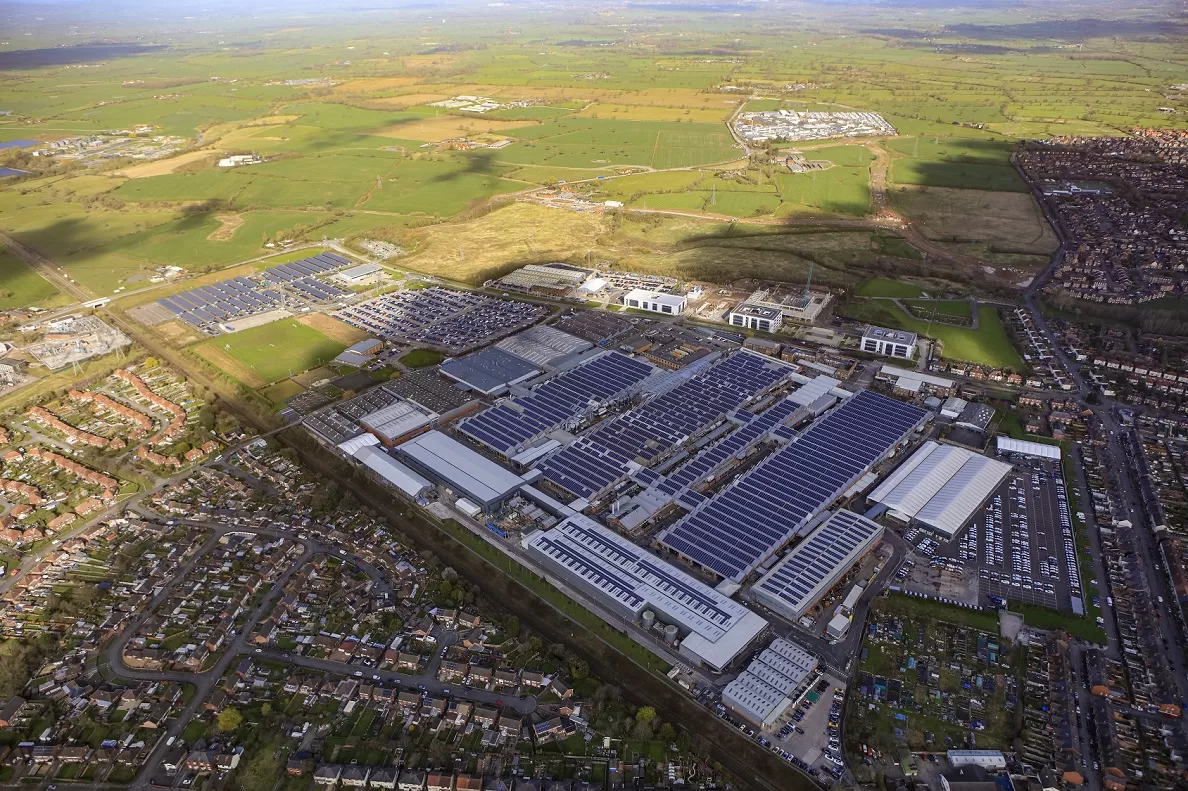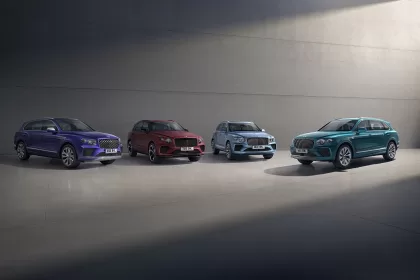Installation started today at the Bentley Motors carbon neutral ‘dream factory’ in Crewe to increase the number of on-site solar panels to 36,418. The announcement coincides with the 10th anniversary of the first solar panels at the Pyms Lane site, where all Bentley models are built. The solar panels cover an area of 60,911 m2 – the equal to nine football pitches or 311 tennis courts.

The additional state-of-the-art panels are highly efficient and produce nearly 60 per cent more power per panel as the original units, which date back to 2013. They will add another two megawatts to energy generation on the Bentley site, bringing a total of 10 MW of generation capacity. It is estimated that the combined systems with 36,418 solar panels will produce up to 75 per cent of Bentley’s daytime electricity demands on average, based on May 2023, and can peak at 100 per cent. This is equivalent to the energy needed to power more than 2,370 homes per year. The new panels are due to be operational by November, reducing the equivalent CO2 emissions by 407,477 tonnes per year.
The installation on ten existing roof structures at the plant is just the latest phase in Bentley’s efforts to harness the power of the sun. In 2019, the UK’s largest solar-powered car port was installed at the Bentley site in Crewe. All electricity used to manufacture Bentley cars is solar, or certified green. The solar panels are being installed in collaboration with 3ti – the UK’s leading designer of solar car parks.
Sebastian Benndorf, Director of Production Planning at Bentley Motors, added:
“The exciting addition of further solar panels at our Crewe headquarters support Bentley’s ongoing commitment to its Beyond100 strategy, to ensure the highest levels of luxury sustainable mobility. It is part of a vision to transform a 103-year-old luxury car company into new, sustainable role model for the entire automotive industry.
“Beyond100 is the culmination of two decades of innovation and achievement. The transformation across Bentley’s entire operation and product range is gathering pace as we move towards end-to-end carbon neutrality by 2030.”















